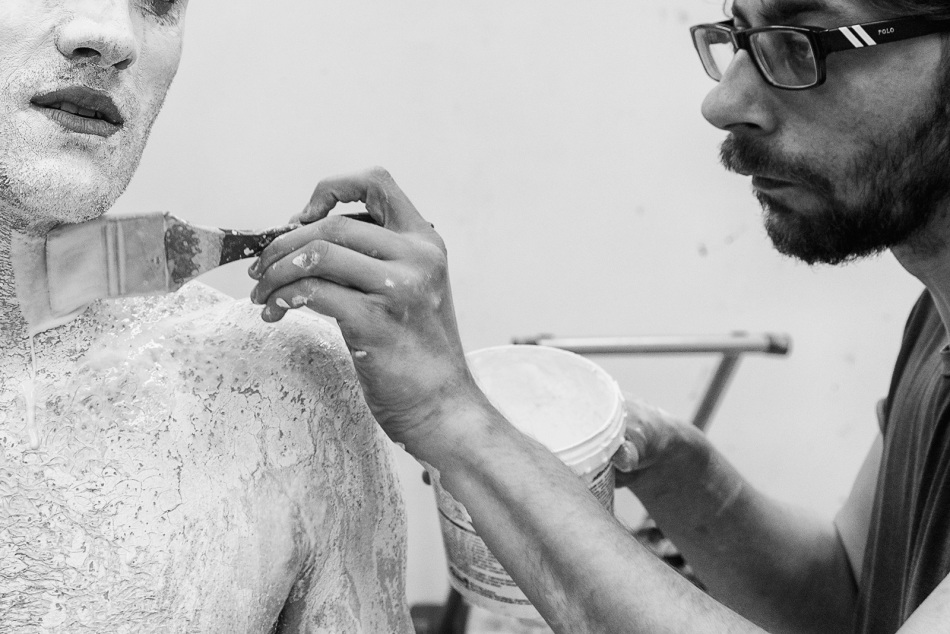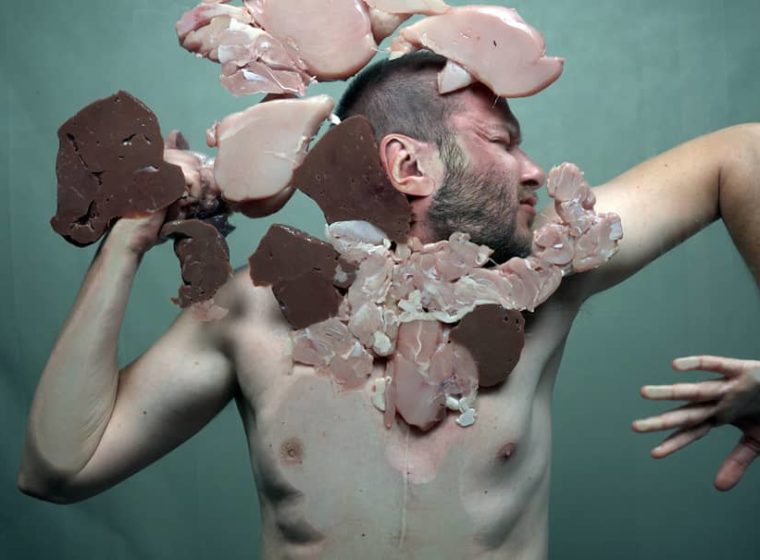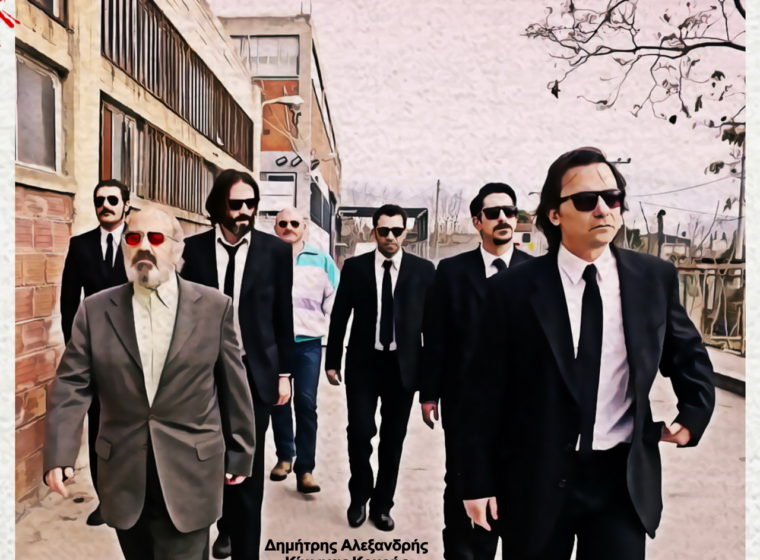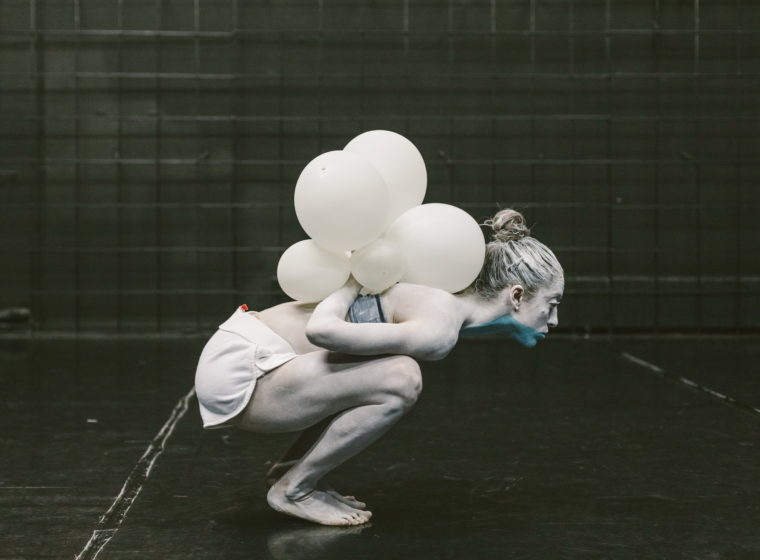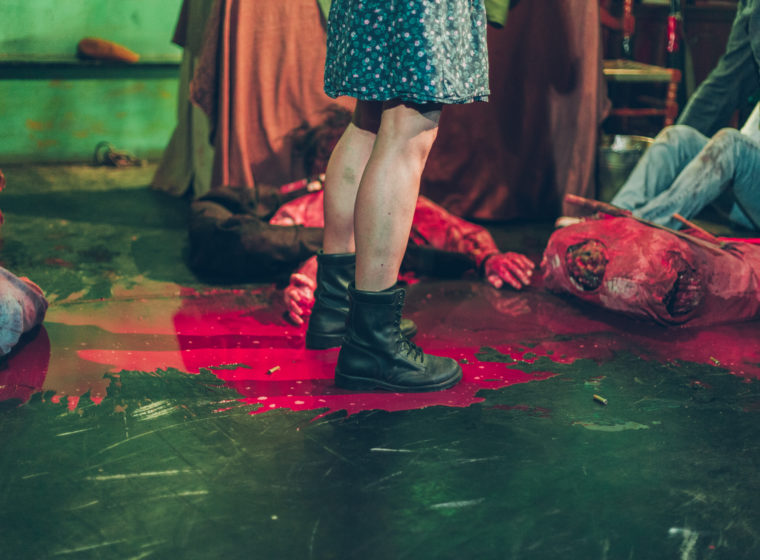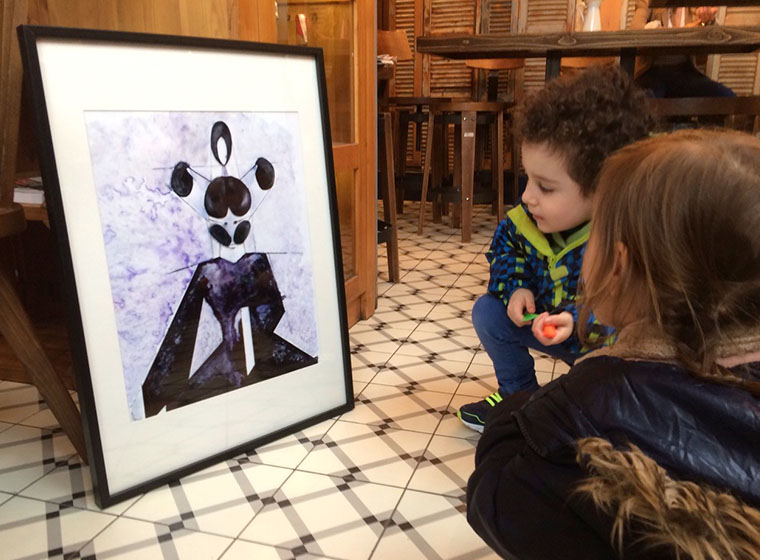The viewer gets a clear image of the creating process of the artwork. The representation, as an almost photographic depiction of the object or the subject, is replaced by the deconstruction of the «illusion»: the materials of the creation, the technique of the composition, the creator, while working, present themselves «naked» in front of the viewer.
This very philosophy transpires the technique adapted by Konstantinos Pavlidis in his sculptures. He creates surfaces- mostly curves- the curving of which is created by using linear «chippings»- which, surprisingly, remind us of terracotta. But the perception of this curving of the sculpture prerequisites a special condition in the relationship between viewer-object: the viewer must get away from the object, viewing from a distance, becomes a must. Exactly what is also necessary in the case of mosaics or pointillism? Approaching, getting close to, means deconstructing the artwork. The shorter the distance, the clearer the presence of the creator himself. You can almost watch him creating his artwork. The longer the distance, the clearer the creator`s retreatment and the artwork appears in front of your eyes. Consequently, the artistic experience is dual: on the one hand it is the aesthetic enjoyment of the artwork, on the other hand the comprehension of the creating procedure of the artwork, tacit in a way but very clear. Corresponding perfectly to the digital era, Pavlidis sculptures «play» with the pixels, homogenizing them to create surfaces and cut them off in order to reveal the…«deceit»!
Yet, there is also something else, very interesting, relating to the thematic of his sculptures, especially the most recent ones, which are inspired by the rhythmic gymnastics. Although the final construction is heavy, because of the materials used, the impression the viewer gets, is that of a very lighthearted artwork, a work that is almost flying in the air. The figures take off and mock the gravity. In order to define this impression more precisely, I will paraphrase the title of Milan Kountera`s very known book: «the unbearable lightness of a construction»…
Maria Patronou
Professor – Philologist


